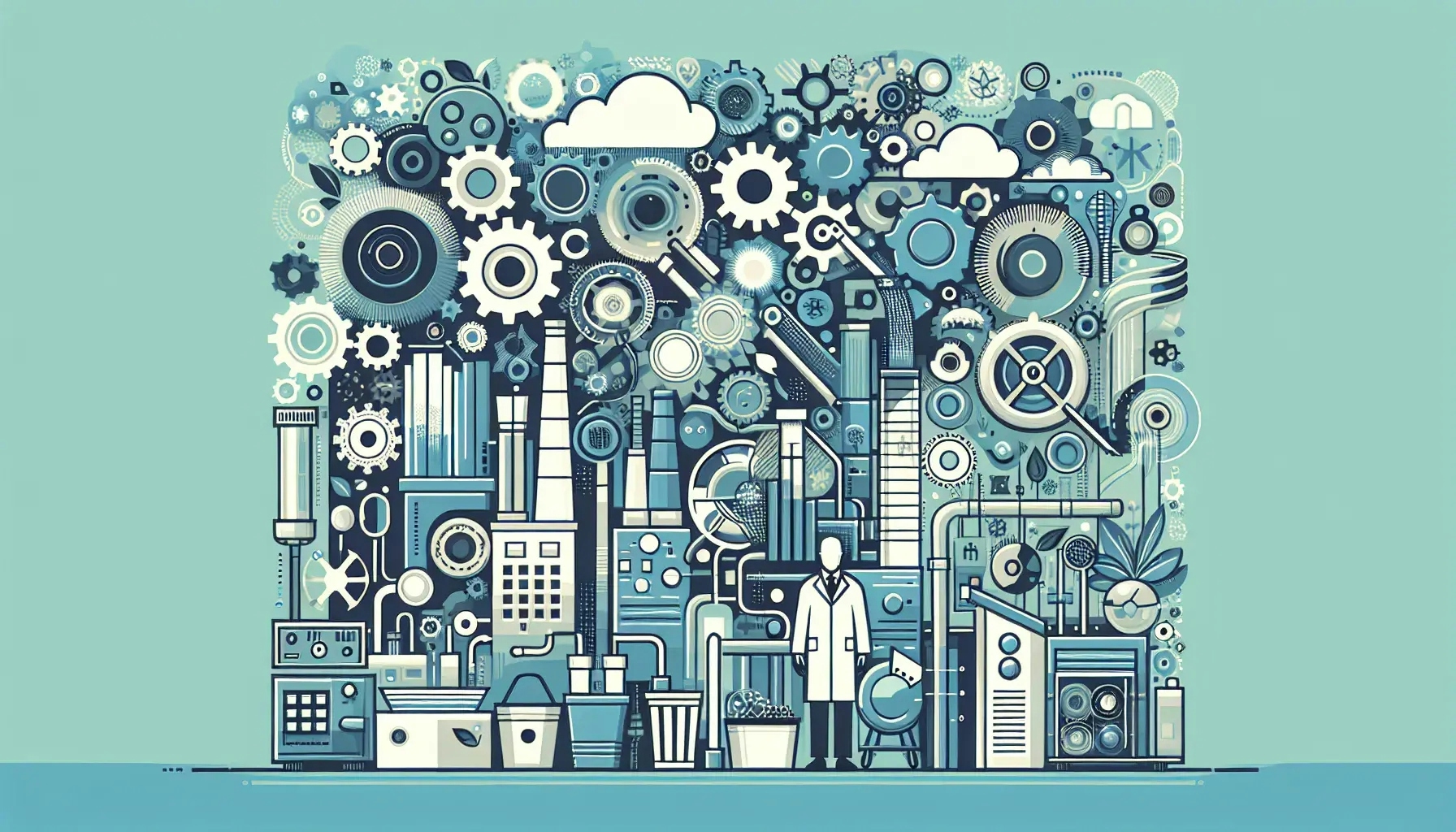Sustainability has become a buzzword in the manufacturing industry. As the world grapples with climate change and dwindling resources, manufacturers are under increasing pressure to reduce their environmental footprint. This blog post delves into the world of sustainable practices in manufacturing, exploring how businesses are innovating to create a greener, cleaner future.
The Importance of Sustainability in Manufacturing
Sustainability in manufacturing is no longer a choice; it's a necessity. As the world's resources continue to deplete, manufacturers must find ways to produce goods without causing irreversible harm to the environment.
Moreover, consumers are becoming more conscious of their purchasing decisions. They're choosing products from companies that prioritize sustainability. This shift in consumer behavior is driving manufacturers to adopt greener practices.
Sustainable manufacturing involves the use of processes that minimize environmental impact while conserving energy and natural resources. It also includes practices that are economically sound and safe for employees, communities, and consumers.
Sustainable Practices in Manufacturing
There are numerous sustainable practices that manufacturers can adopt. These include energy efficiency, waste reduction, and the use of renewable resources.
Energy efficiency is a key aspect of sustainable manufacturing. By optimizing energy use, manufacturers can reduce their carbon footprint and save on energy costs. This can be achieved through various means, such as using energy-efficient machinery and optimizing production processes.
Waste reduction is another crucial element of sustainable manufacturing. By minimizing waste, manufacturers can reduce their environmental impact and save on disposal costs. This can be achieved through practices such as recycling and reusing materials, as well as designing products to be more durable and longer-lasting.
The use of renewable resources is also an important part of sustainable manufacturing. By using materials that can be replenished naturally, manufacturers can reduce their reliance on finite resources. This can be achieved through practices such as sourcing materials from sustainable suppliers and using renewable energy sources.
The Role of Technology in Sustainable Manufacturing
Technology plays a crucial role in enabling sustainable manufacturing. From advanced machinery to software solutions, technology is helping manufacturers reduce their environmental impact and improve efficiency.
For instance, advanced machinery can help manufacturers optimize their energy use and reduce waste. This includes energy-efficient equipment and machinery that can recycle waste products.
Software solutions can also aid in sustainable manufacturing. For instance, data analytics can help manufacturers monitor their energy use and identify areas for improvement. Similarly, supply chain management software can help manufacturers source materials from sustainable suppliers.
The Challenges of Sustainable Manufacturing
While sustainable manufacturing offers numerous benefits, it also presents several challenges. These include the high cost of implementing sustainable practices, the lack of knowledge and skills, and the need for cultural change.
Implementing sustainable practices often requires significant investment. This includes the cost of purchasing energy-efficient machinery, implementing software solutions, and training staff. For many manufacturers, these costs can be prohibitive.
The lack of knowledge and skills is another challenge. Many manufacturers lack the necessary knowledge and skills to implement sustainable practices. This includes understanding how to optimize energy use, reduce waste, and source materials from sustainable suppliers.
Cultural change is also a significant challenge. Many manufacturers have a culture of 'business as usual', which can be difficult to change. This requires a shift in mindset, from viewing sustainability as a cost to viewing it as an investment.
The Future of Sustainable Manufacturing
Despite the challenges, the future of sustainable manufacturing looks promising. With increasing pressure from consumers and regulators, manufacturers are finding innovative ways to overcome these challenges.
One such innovation is the circular economy. This involves designing products to be reused or recycled, thereby reducing waste and conserving resources. Many manufacturers are already adopting this approach, with positive results.
Another promising development is the rise of green technology. This includes renewable energy sources, such as solar and wind power, as well as carbon capture and storage technologies. These technologies can help manufacturers reduce their carbon footprint and become more sustainable.
Case Studies of Sustainable Manufacturing
Several manufacturers are leading the way in sustainable manufacturing. For instance, Interface, a global leader in the design and production of carpet tiles, has committed to becoming a carbon-neutral company by 2040. To achieve this, they have implemented a range of sustainable practices, including energy efficiency, waste reduction, and the use of renewable resources.
Another example is Patagonia, an outdoor clothing company. They have a strong commitment to sustainability, which is reflected in their business practices. This includes using recycled materials in their products, reducing their energy use, and supporting environmental causes.
Embracing a Sustainable Future in Manufacturing
As we move towards a more sustainable future, manufacturers have a crucial role to play. By adopting sustainable practices, they can reduce their environmental impact, improve efficiency, and meet the demands of conscious consumers. While the journey to sustainability may be challenging, the rewards are well worth the effort. As the examples of Interface and Patagonia show, sustainable manufacturing is not only possible, but it's also good for business.

